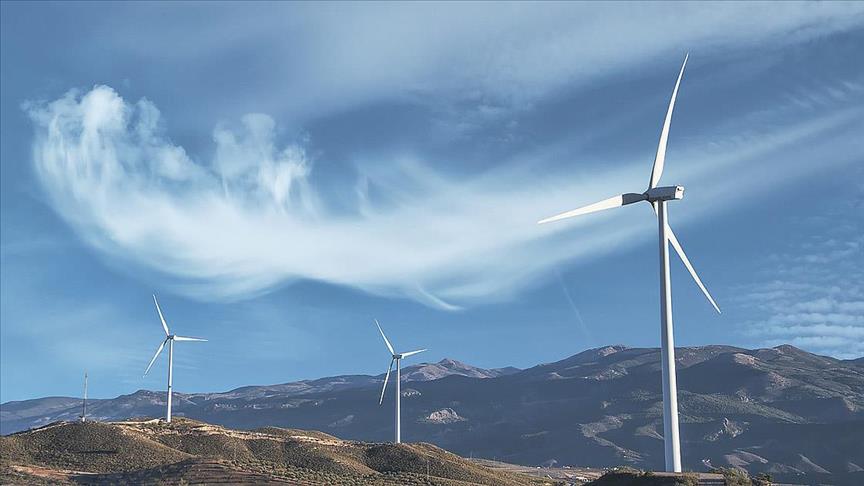European countries installed a total of 6.4 gigawatts (GW) of new wind farms in the first six months of 2024, with 5.3 GW onshore and 1.1 GW offshore capacity, according to WindEurope’s Autumn Wind Energy Data on Thursday.
Germany made the largest wind capacity addition with 1.7 GW, followed by France with 1.2 GW and Spain with 876 megawatts, the data showed.
Europe’s wind power capacity now stands at 278 GW, comprising 242 GW onshore and 35 GW offshore projects.
Within the EU-27, this figure reaches 225 GW, with 205 GW of wind capacity located onshore and 20 GW based offshore.
Wind turbine orders in Europe increased by 11% in the first half of 2024 compared to last year, with a 33% rise in the EU, according to the data.
The report highlights robust auction volumes, with EU governments awarding 19.7 GW of new wind capacity in the first half of this year, double the amount granted during the same period in 2023.
– Investment in new wind projects dwindle
However, investment in new wind farms has declined compared to last year.
Europe committed €15.4 billion to new wind farms in the first half of 2024, a decline compared to the previous year. ‘This is less than 30% of the total final investment decisions taken in 2023,’ the report revealed.
WindEurope forecasts 15 GW of new wind farms to be installed this year in EU, compared to 16 GW in 2023.
According to WindEurope’s data, current trends and the pipeline of projects suggest that the EU is on track to reach 350 GW of wind energy capacity by 2030, with 296 GW from onshore and 54 GW from offshore.
While the same can’t be said for Europe as a whole. WindEurope expects Europe to build 22 GW of new wind farms a year on average over 2024-30, with the numbers rising towards the end of the decade.
– Wind industry faces some challenges
‘New connections aren’t being built or permitted fast enough. There are often constraints in the availability of grid equipment,’ the report outlined.
The primary bottleneck in Europe’s wind energy expansion is the pace of grid infrastructure development, according to the data.
Giles Dickson, CEO of WindEurope emphasized that Europe’s current pace of wind farm development is insufficient to achieve its ambitious 2030 energy targets.
‘Governments need to act urgently to apply the EU permitting rules and ensure the grids connections are ready on time,’ Dickson said.
According to the data, by the end of 2025, the European supply chain will have the capacity to manufacture 9.5 GW of offshore and 22.5 GW of onshore wind turbines a year.
‘They need to help improve the business case for those looking to build new wind farms, and ensure the ports and other logistics are fit for purpose’ he added.
‘They must also ramp up their support for the electrification of heating, transport and industry,’ Dickson said.

